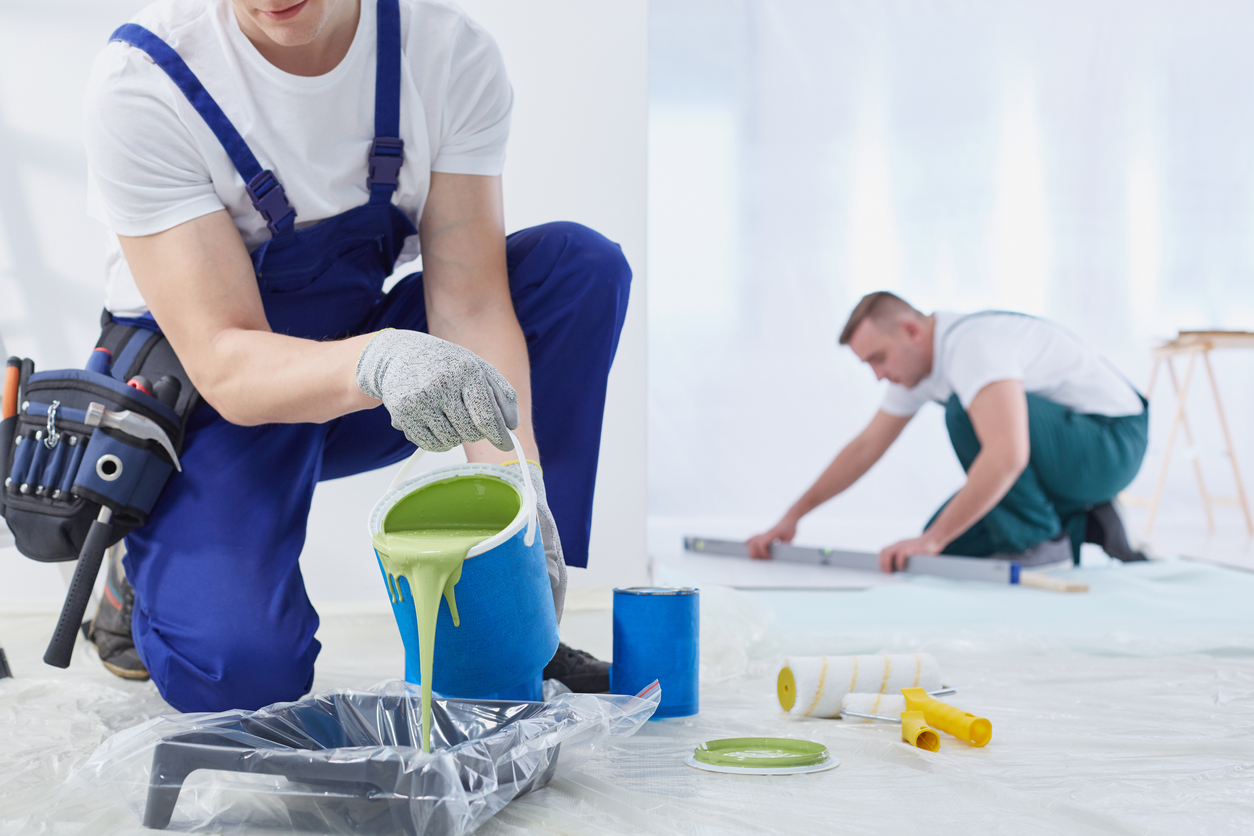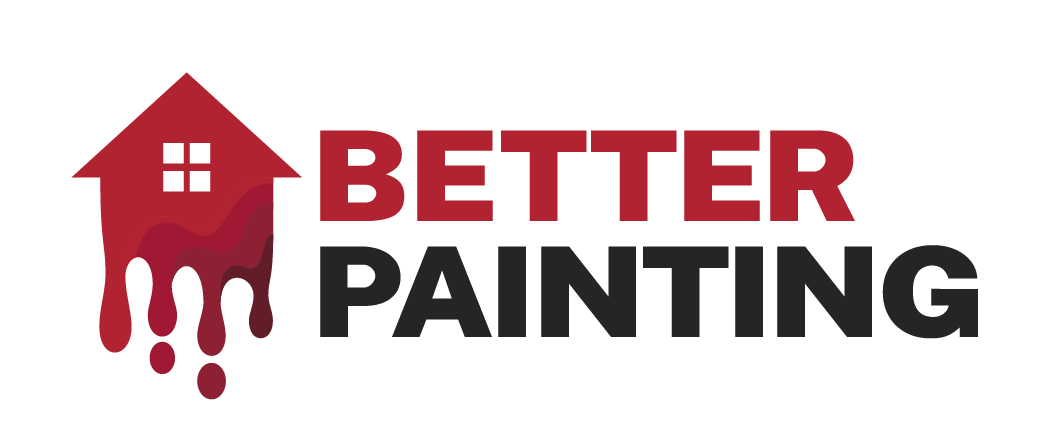Mastering Your DIY Paint Project: How to Fix Lap Marks When Painting

If you’ve ever tackled a painting project, you know the frustration of seeing lap marks, those pesky streaks that can mar the beauty of your freshly painted walls. Even interior house painters, who are experts in their craft, occasionally encounter this common painting challenge. But don’t worry, we’re about to how to fix lap marks when painting with precision!
Whether you’re a seasoned DIY enthusiast or embarking on your very first painting venture, this comprehensive guide is your ticket to achieving a flawless finish. Join us as we uncover expert techniques and insider tips, empowering you to transform your space like a pro, one brushstroke at a time.
With this valuable knowledge at your fingertips, you’ll not only conquer lap marks but also elevate your painting prowess to a whole new level, ensuring stunning results every time.
What Causes Lap Marks?
Lap marks occur when wet and partially dry layers of paint overlap during application. They appear as noticeable stripes or lines on the wall, disrupting the uniformity of the paint job. Factors like poor technique, fast-drying paint, or uneven layers contribute to this issue.
Recognizing the Signs
Identifying lap marks is straightforward, yet it requires a keen eye. Start by examining the painted surface under good lighting. Look for areas where the paint appears uneven or inconsistent. Typically, lap marks manifest as darker or textured stripes, disrupting the smooth finish of your walls.
These imperfections are especially noticeable with glossier paints, as their reflective quality accentuates any unevenness in the application. Keep an eye out for these signs to ensure a flawless paint job.
Choosing the Right Paint
Selecting the right paint is crucial in preventing lap marks. High-quality, slower-drying paints are your best bet. These types of paints provide a longer working time, allowing for more precise application and blending. This extra time is essential to avoid the quick drying that often leads to the formation of unsightly lap marks.
Appropriate Tools and Techniques
The success of your painting project heavily depends on using the right tools. High-density foam rollers are ideal for achieving a smooth, uniform coat, minimizing the likelihood of lap marks.
Synthetic brushes, known for their fine bristles, are perfect for detailed work and smooth applications. These tools, when used correctly, ensure a flawless finish, making them essential for any painting task.
1. Assessing the Area
Begin your lap mark correction by carefully assessing the affected area. Take time to examine the extent and depth of the lap marks. Lighter marks usually need minimal work and are easier to correct. However, deeper, more pronounced marks demand a more thorough approach so you can correct them effectively. This initial assessment is crucial in determining the right approach for a flawless finish.
2. Preparation
Preparation is key to a successful repair job. Start by thoroughly cleaning the surface with a damp cloth to remove any dust, dirt, or grease. This step ensures better paint adhesion. After cleaning, let the surface completely dry. A dry surface prevents paint from trapping moisture, which can lead to peeling or uneven application.
3. Sanding the Marks
Addressing lap marks effectively involves gentle sanding. Use fine-grit sandpaper, which allows for precise smoothing without causing damage to the underlying layers. Carefully sand the affected areas, focusing on creating a smooth transition between the layers. It’s crucial to avoid over-sanding, as this can lead to further surface irregularities and complicate the painting process. The goal is a seamlessly even area that’s ready for repainting.
4. Applying Primer
Choose a high-quality primer and apply a thin, even layer over the sanded area. This layer is essential as it serves to create a uniform base, ensuring that the final coat of paint adheres better and appears more consistent. The primer effectively masks any minor imperfections and provides a smooth canvas for the final paint application.
5. Painting Over Lap Marks
- Technique Matters: The technique you use while painting is crucial. Use a roller or brush to apply paint in a “W” pattern on the wall. This specific pattern is key for even distribution of paint, ensuring a uniform coat across the surface. It greatly minimizes the risk of creating new lap marks. This method is especially effective in maintaining consistency and achieving a professional-looking finish.
- Maintaining a Wet Edge: To achieve the best results, it’s important to maintain a wet edge while painting. This involves working in smaller, manageable sections and continuously overlapping the freshly applied paint. By doing so, you avoid the paint drying out and forming overlapping marks. Keeping a wet edge ensures a seamless blend between sections, significantly reducing the chances of any lap marks forming.
6. Final Touches
The final step in achieving a perfect finish involves a thorough inspection after the paint has dried. Carefully examine the wall for any inconsistencies or missed spots. If necessary, apply a second coat, adhering to the same meticulous technique used initially.
This ensures uniform coverage and a professionally polished look. A second coat not only enhances the color richness but also guarantees a lasting, high-quality finish that stands up to the test of time.
Additional Tips for a Perfect Finish
Room Temperature
Controlling the room temperature is a vital aspect of painting. It’s important to maintain a consistent, moderate temperature in the space where you’re painting.
Extreme temperatures, whether too hot or too cold, can adversely affect the drying process of the paint, leading to uneven drying. This can result in an inconsistent finish, with areas that may dry too quickly or slowly, potentially causing imperfections like lap marks or streaks.
A stable temperature ensures the paint dries uniformly, giving you the smooth, flawless finish you desire.
Practice Makes Perfect
For those new to painting, practicing beforehand can make a significant difference. Find a spare piece of drywall or cardboard and use it as your practice canvas. This approach allows you to familiarize yourself with the painting tools and techniques in a low-stakes environment.
You can experiment with brush strokes, roller techniques, and even try out different paint consistencies. Practicing helps build confidence and skill, ensuring that when you approach the actual project, you’re better prepared and more likely to achieve a smooth, professional finish.
Final Thoughts on Fixing Lap Marks
Fixing lap marks can be a simple task with the right approach and tools. Remember, patience and attention to detail are key. Next time you pick up that roller or brush, you’ll be equipped to handle those pesky lap marks and achieve that smooth, professional finish.
Ready to take your painting project to the next level but not sure where to start? Better Painting is here to help. With over 20 years of experience in transforming homes and businesses, our skilled team knows exactly how to bring your vision to life.
From choosing the right colors to achieving that flawless finish, we handle every detail with precision and care. Don’t let painting challenges hold you back – contact us and let us turn your space into something extraordinary. Our commitment to quality and customer satisfaction means you’re in good hands. Contact us today for a free estimate and see the difference expertise makes!


